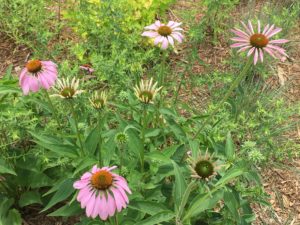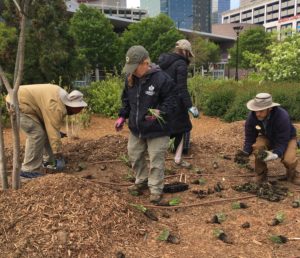Flower gardens, rock gardens, vegetable gardens, roof gardens – there are SO MANY kinds of gardens that you can plant. And if those weren’t enough options, here’s another one for you: pollinator gardens.
Pollinator gardens are a great choice for a couple of reasons: 1) we benefit from the beautiful flowers they produce, 2) pollinators benefit from the food that the plants provide, and 3) the environment benefits because pesticides are not recommended (you don’t want to put the wildlife the plants attract at risk!).
If you’ve got space in your yard and are thinking that a garden is the best way to fill it, here are some pro tips from our horticulturists about how to be successful with a pollinator garden.
Start by prepping the area.
The first step to planting a pollinator garden is to pick your location and clear it of any and all vegetation. If the land that you plan to use was once covered by your lawn, plan on tilling several times (it may take 2 or 3 times) so that you can be sure the grass isn’t going to grow back. You may even need to cover the area with mulch to prevent weeds from growing back. And don’t rush to get started once you’ve done all that! One of the biggest mistakes you can make is not allowing enough time to make sure the area is clear before planting.
Time your planting just right.
Generally the best time to plant is in late fall, but don’t get too hung up on that – truth be told, it really depends on what you’re planting. If you’re starting from seed, our horticulturists suggest planting a mix of annuals and perennials in early spring (and make sure your seed packs don’t include any invasive plants!). If you prefer to start with actual plants rather than seed, consider planting in the fall so that their roots have more time to grow before the summer heat.
Know what you want to attract.

Echinacea purpurea – aka purple coneflower – found in First Ward Park. These attract butterflies, hummingbirds and bees!
Any animal that moves pollen from plant to plant is called a pollinator. So, when you’re selecting plants for your garden, pay close attention to the pollinators that they have a relationship with. If you have a pollinator in mind that you want to attract – maybe it’s bees, maybe it’s butterflies – it can help you narrow down your plant options! For those of you that are planting a pollinator garden for the first time, our horticulturists suggest starting with Echinacea, Coreopsis, Monarda, Aster, Goldenrod and Butterfly weed.
Don’t forget about maintenance.
Your work doesn’t end once the seeds/plants have been put in the ground. The biggest job when it comes to pollinator gardens is making sure that you keep the weeds out. If you can focus on keeping the weeds at bay, the plants will take care of themselves!
ICYMI, Park and Rec horticulturists and CROWN recently joined forces to plant a pollinator garden in First Ward Park! Check out our video on Facebook to hear more directly from the experts themselves. We also have even more tips about how to help your gardens grow courtesy of our horticulturists here!

Planting pollinator gardens in First Ward Park!
